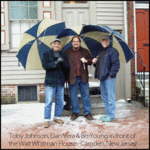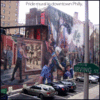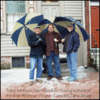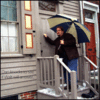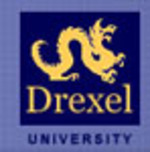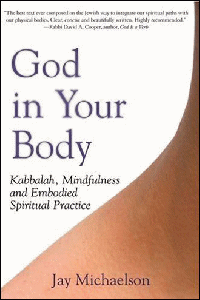 God in Your Body:
God in Your Body:
Kabbalah, Mindfulness
and Embodied Spiritual Practice
by Jay Michaelson
Jewish Lights Publishing $18.89
Soft cover. 247 pages.
Review by Perry Brass
“Religion belongs in bed as well as in the sanctuary, and bodywork belongs in temples as well as on yoga mats,” says Jay Michaelson in God in Your Body, his bright, and at times insightful and delicious book about returning the real body to Jewish and spiritual practice. Michaelson defines Kabbalah as “receiving the Divine light within.” This is done through a tradition of esoteric knowledge put together in the early Middle Ages, through meditational practices, through Hassidic joyfulness, through the “interventions” of the brachim, blessings that make us mindful of every act of eating, drinking, washing, peeing, crapping, sleeping, and even making love. Michaelson, in short, has assembled a quite encyclopedic book centered around the physical eternal body, the thing we have until there is no longer an “us,” and how mindfulness of this body opens us up to the Soul; although Judaism, he is quick to point out, has no yoga practices, no Tai Chi, little physicalization of spiritual expression beyond, say, bending the knees at prayer, circumcision, or the use of the mikva, the ritual bath that marks many transitions from unclean to clean, regular to sanctified. But to make us aware that God is with us in all of our physical selves, he has chapters on, of course, eating (So, what would Jews be without essen?), breathing, walking, sex, exercising, dancing, fasting, washing, sickness, and a beautiful benediction at the end on the full life cycle, and “Just Being.”
Strangely enough, much of Michaelson’s approach to Judaism follows techniques actors use in “method acting,” that is, that on-stage (which is a ritual in itself) emotions do not precede physical activities, they follow them: emotions, in fact, block an activity, so instead, they need to be released by it. Thus, true mindfulness in the physical act of eating releases many feelings about the reality of food that you won’t have simply by reminding yourself before you eat to think about what’s on the table. He tells us over and over in the book, “Fake it till you make it”: doing an activity, opening yourself up to the physical moment, surrendering to it, will enable real feelings and light to come into it, whether this is intense, ecstatic prayer, relieving yourself of sexual hang ups, or simple mindfulness in any form. This also follows the orthadox idea that performing a “mitzvah,” a holy act, must be done whether you want to or not. It is not done out of convenience,and its very inconvenience makes you mindful of God’s place in it.
This is a good book, which sometimes gets lost in the clutter. Michaelson is erudite, but often sounds like he’s talking to incoming college freshmen, especially when he’s being a “liberal” college counselor still fairly coy about sex, and this reviewer found the chapter on sex to be his least successful. He says, “Our culture provides a toxic soil for nurturing healthy, spiritual sexuality …guilt, judgment, shame, and the rest are what most of us have been taught the longest”; but then he sets up a paradigm of “sacred sexuality,” which seems fairly puerile, with generic admonishments to “transcend the self…let go.” “Bring the attention to the body, and let the body wake you up.” “Don’t check your theology at the bedroom door. Leave the ego on the floor with your clothes and see Who emerges” — this seems like the theological version of “Boy, was I drunk last night!” instead of being aware of what is going on, in all of its manifestations, “dirty” and otherwise, and allowing yourself to be changed by it. (However, for many young, orthodox Jews, even generic liberation talk about sex may be revolutionary; and we must grant the author that.)
He does make a point that sexuality divided Judaism from early Christianity, and its exuberant heterosexuality might have offended “Christists” who negated straight lustiness as being a temptation. Sexuality glorifies the union of opposites, the dynamism of creative energies, whereas celibacy has almost no place in the Jewish canon. Orthodox yeshivas condemn masturbation, but not from a real Jewish tradition of condemning it; and the shame coming from this becomes irreparable. Shame becomes “nothing less than a plague.” Sexual shame, Michaelson writes, “shuts down…our connection with the Divine.”
God in the Your Body embodies mindfulness within the body; and this is wonderful. In our age of unmindfulness, of vapid entertainment instead of real exploration, of non-communication with others and ourselves, mindfulness in any form, especially mindfulness leading to compassion, is needed urgently. Some non-Jews may have a difficult time with this book because it is so grounded in Judaism — in fact, he takes it for granted that you have some familiarity with the Hebrew alphabet — but the basic message of this often witty and delightful book is that God is everywhere, including your body, so why leave it to find Him? “Imagine that the truth is really true; that you are God walking on God…God loving God.”
Certainly doing this everyday would keep us kind.
Perry Brass has published 13 books. His latest, Carnal Sacraments, An Historical Novel of the Future, from Belhue Press, should be out soon. He can be reached via www.perrybrass.com

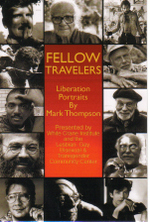
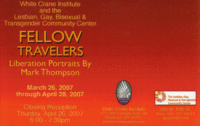
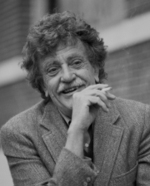
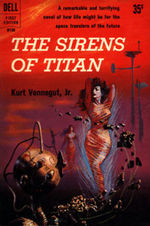

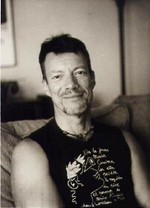
 White Crane Books
White Crane Books